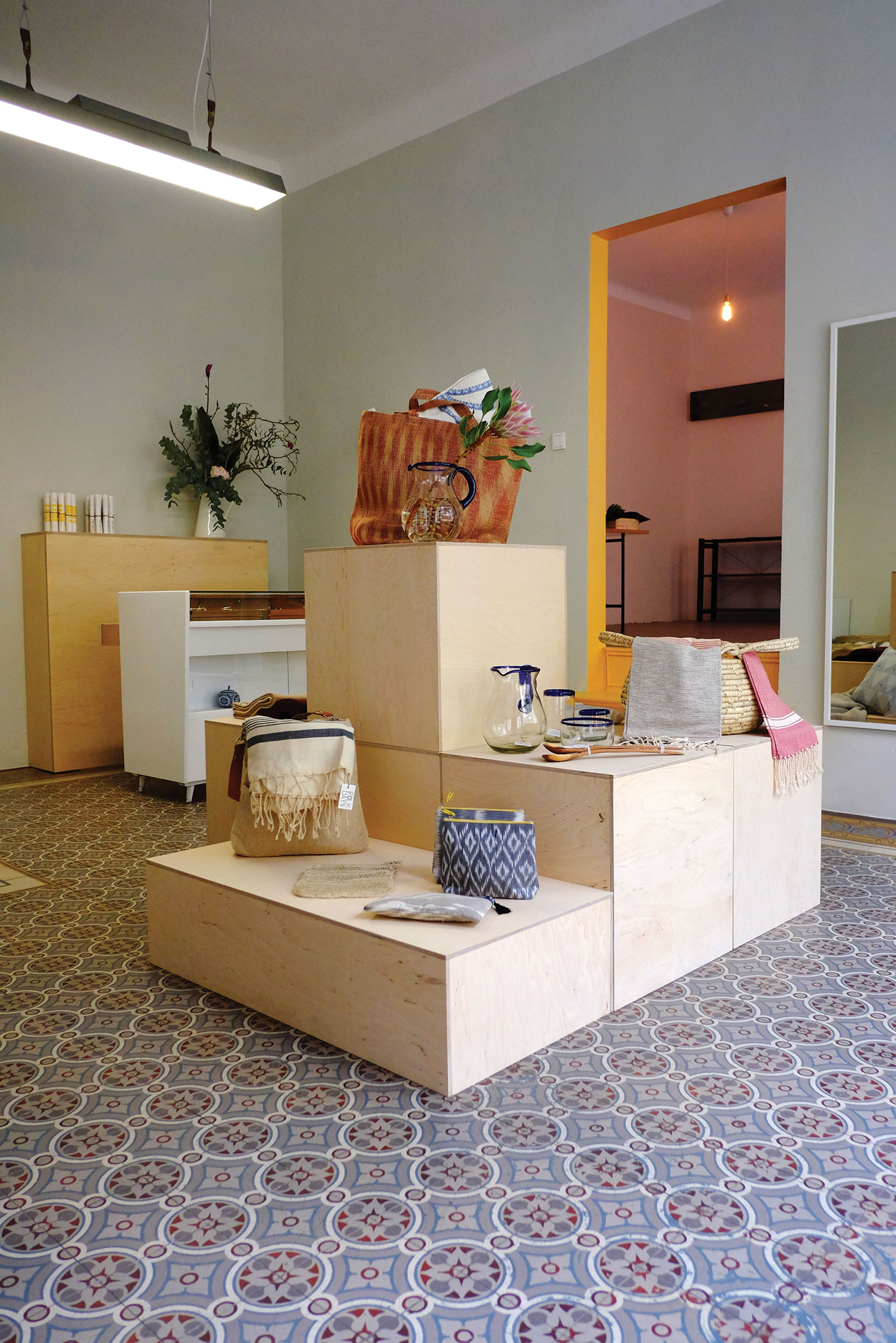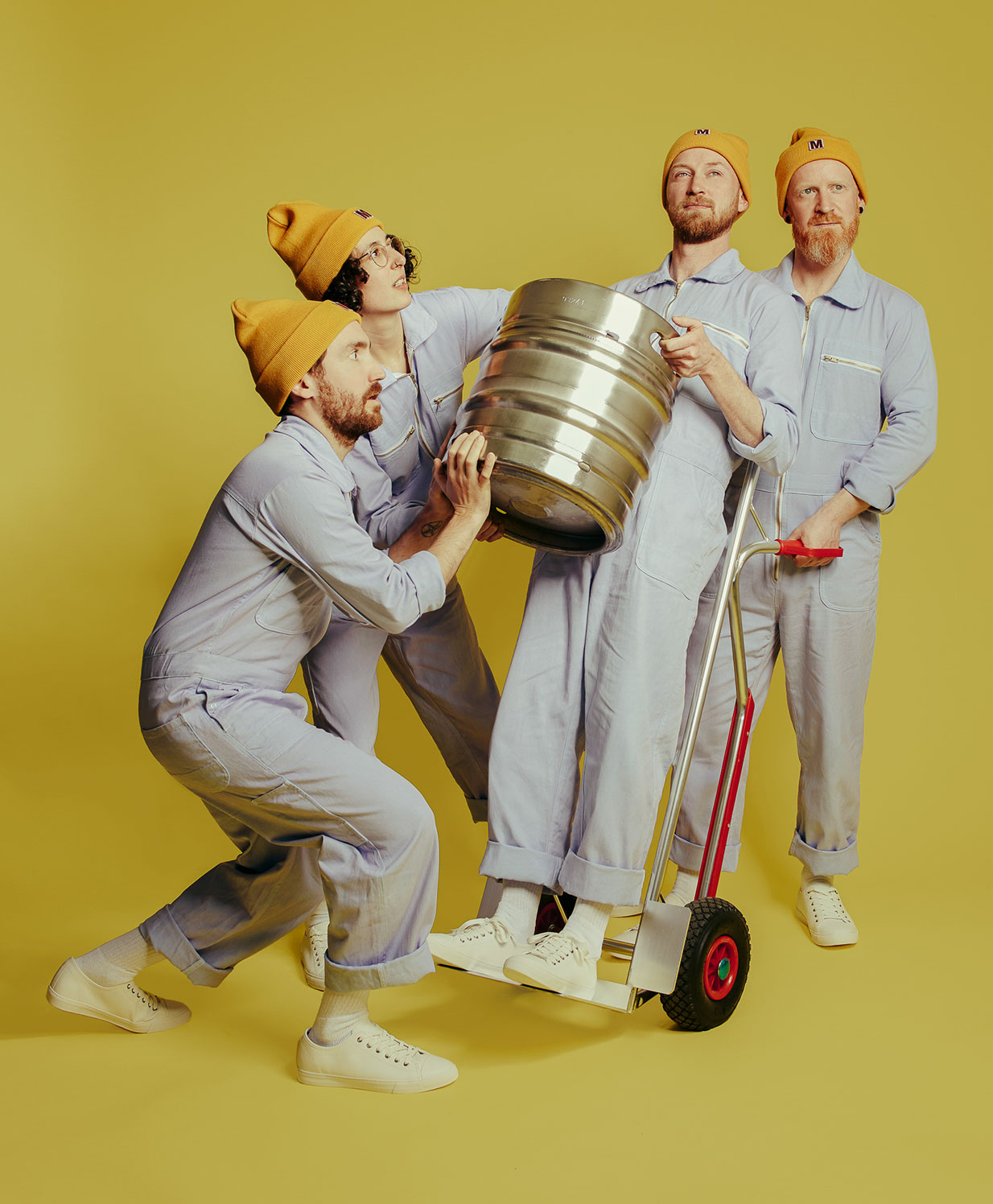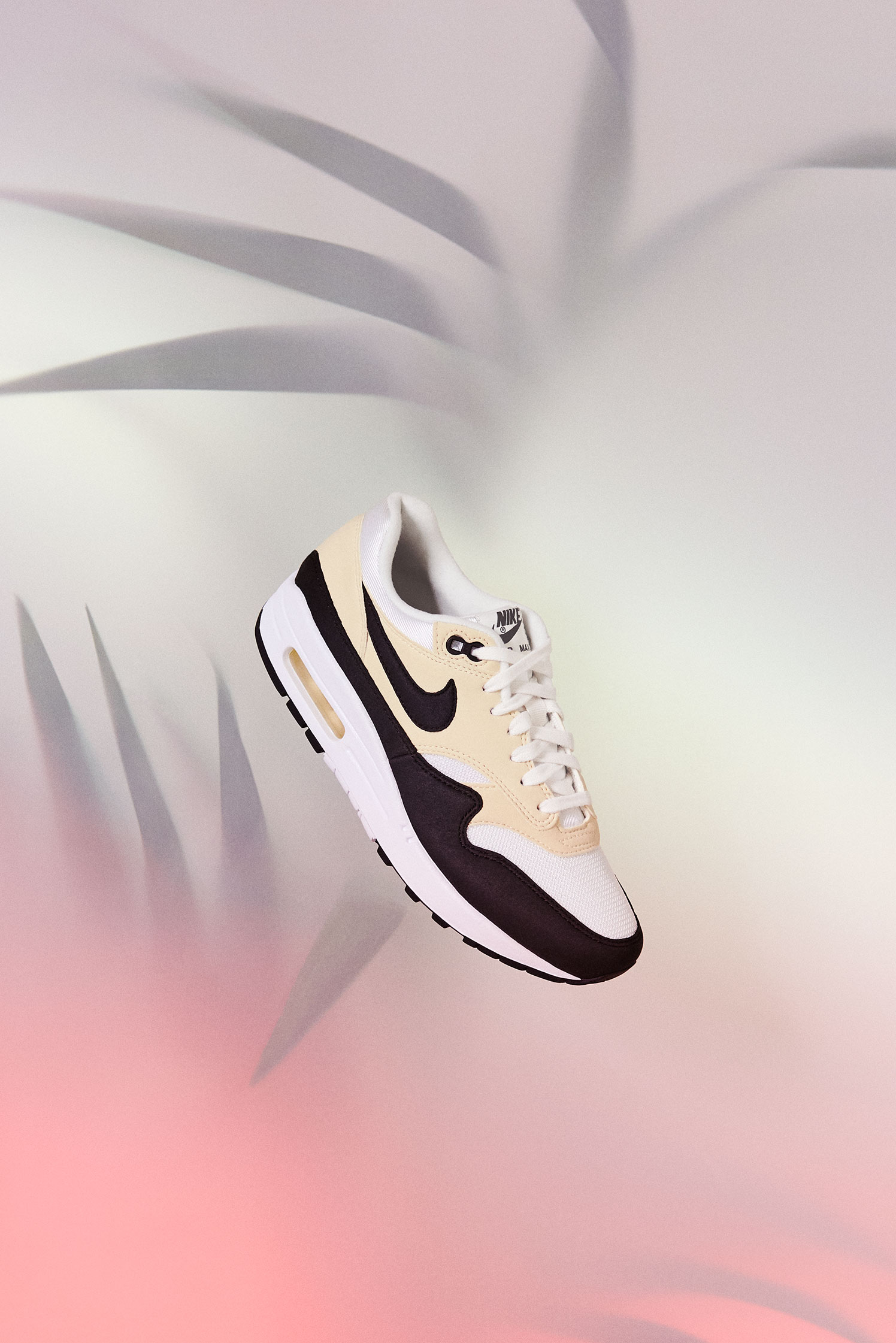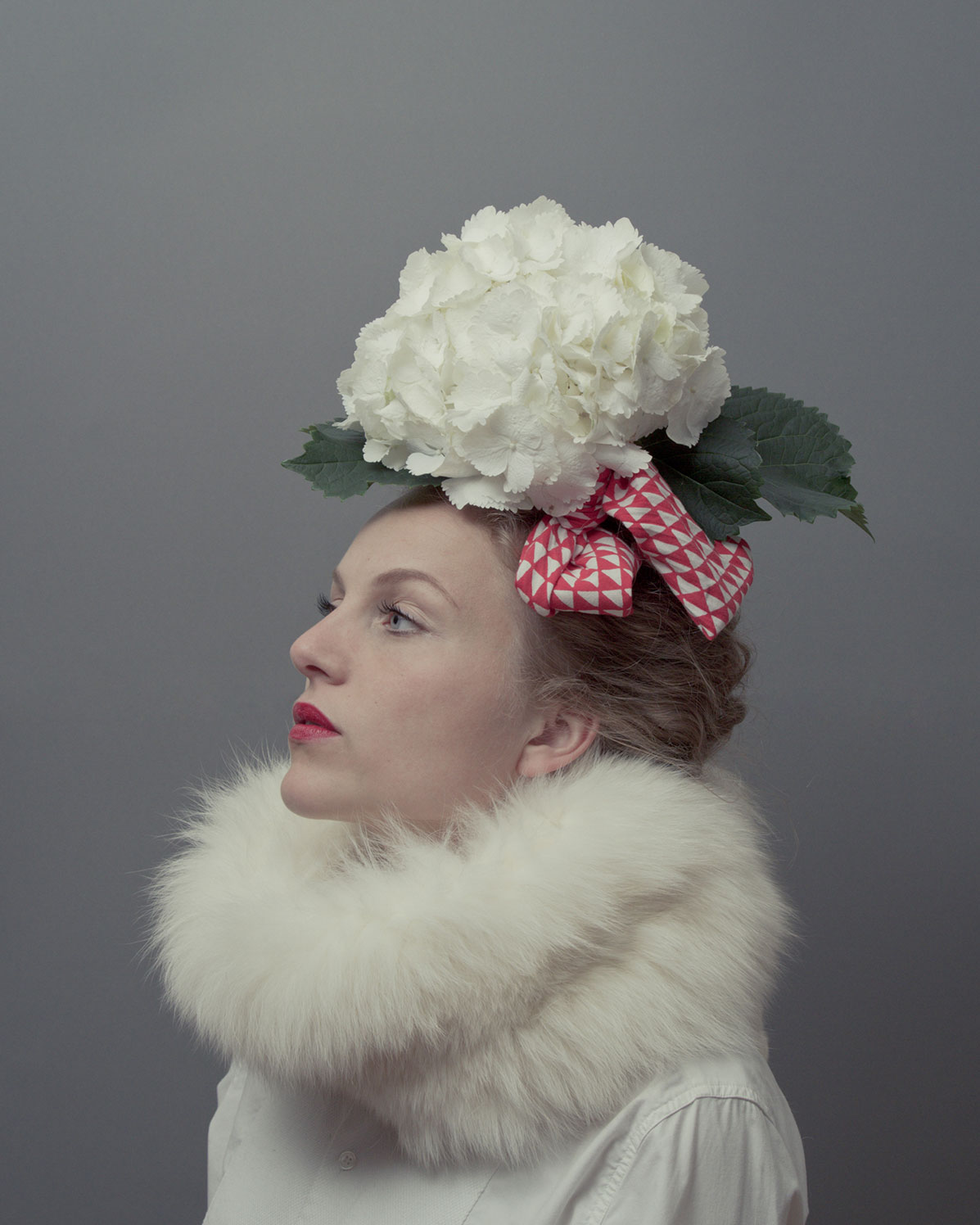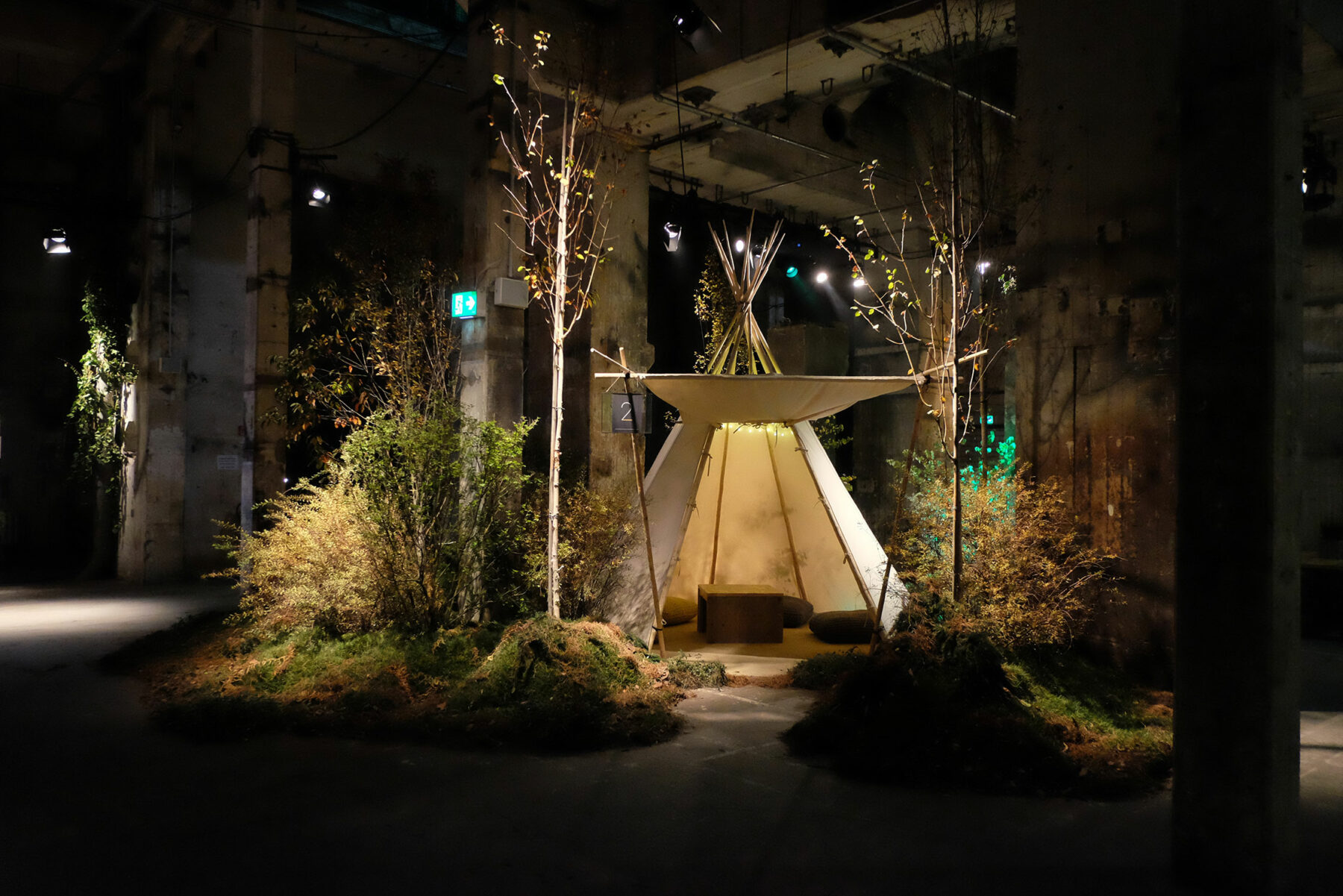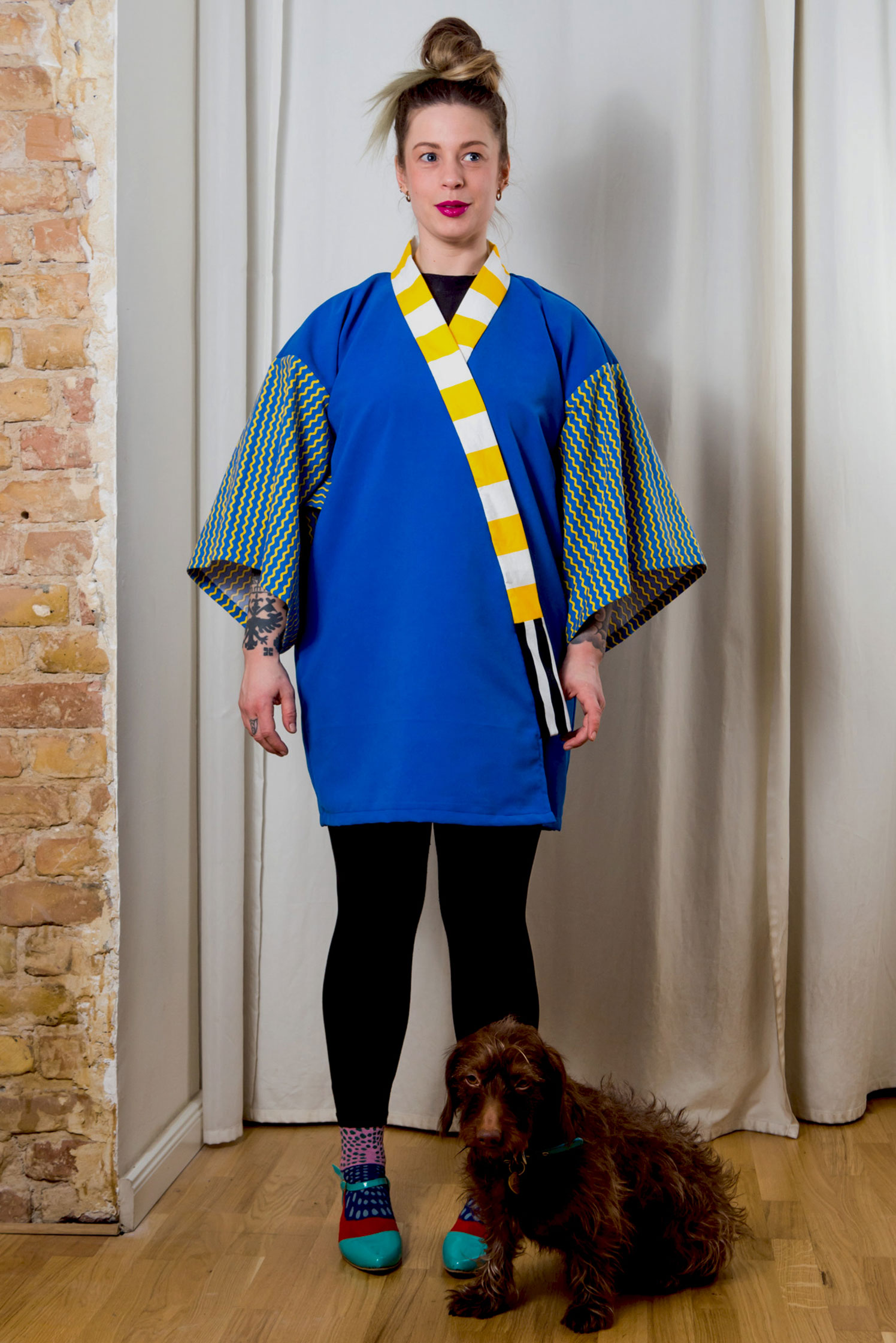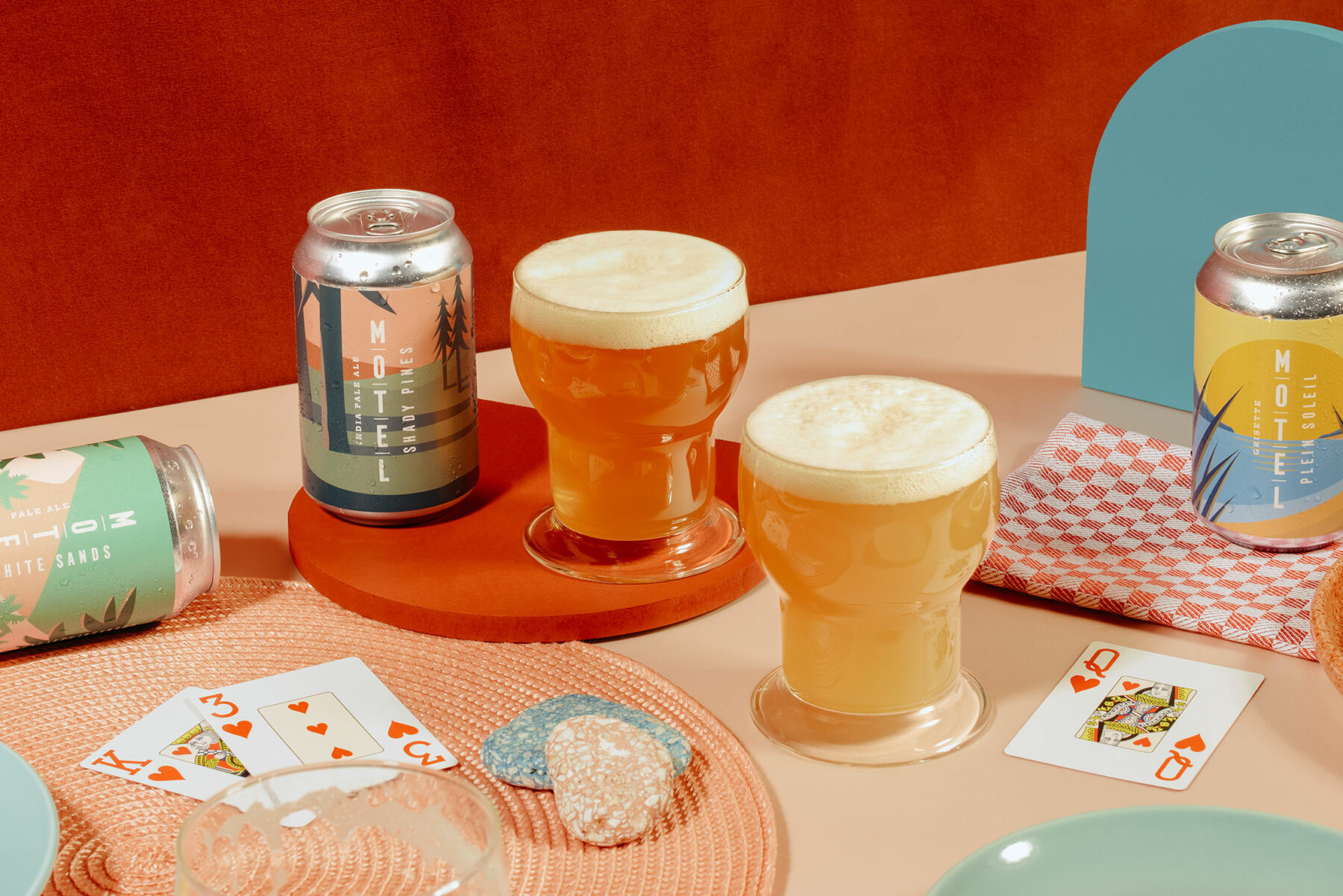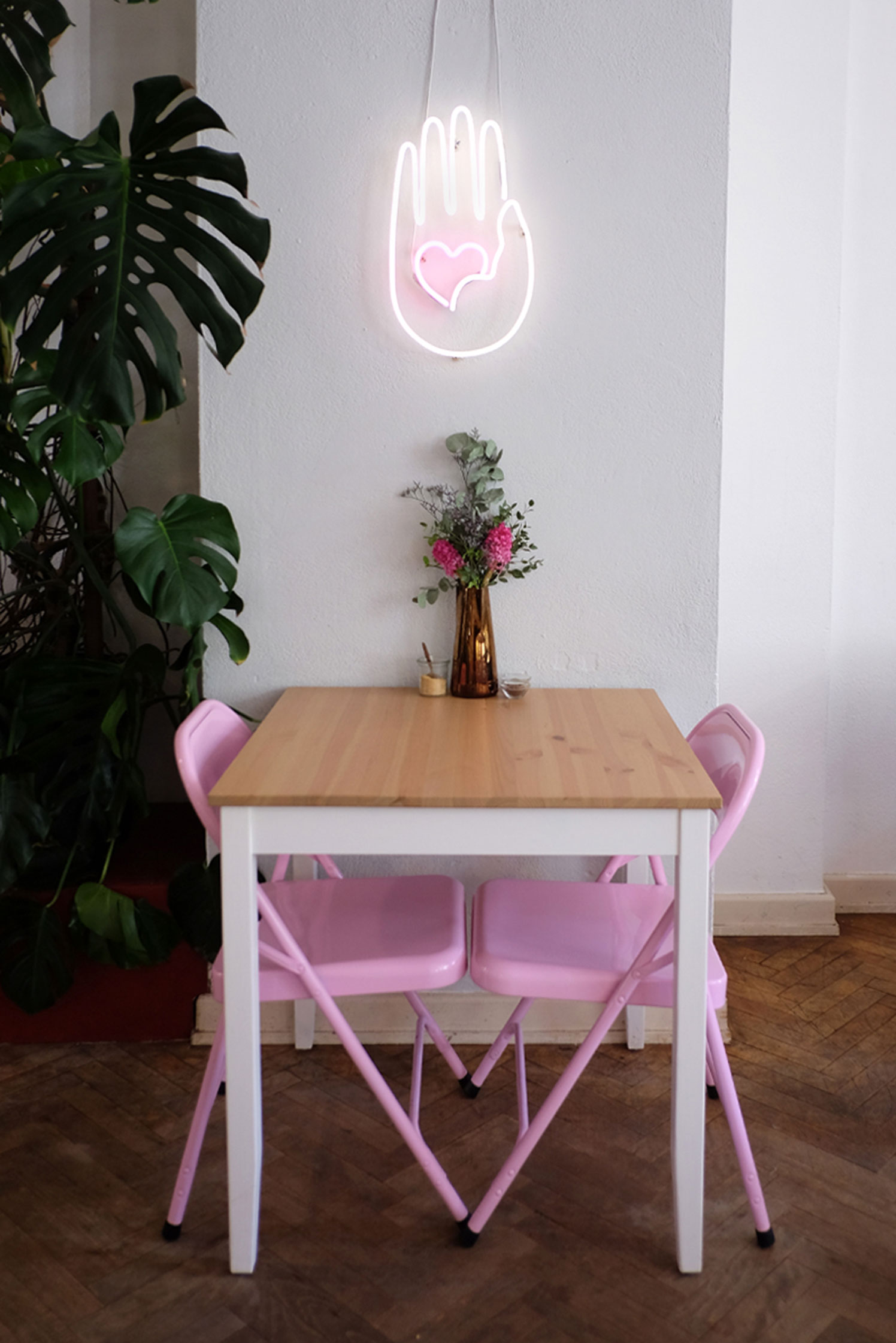Ruth Bartlett’s apartment sits on the top floor of a building surrounded by the perfect mix of nature and unique structures. The landscape on the inside of her home reflects that same balance: a bright open space filled with plants and a mix of mid-century modern and antique pieces along with contemporary creations of her own design.
The high ceilings, spacious layout, and immense windows of the home that Bartlett shares with her boyfriend Cory and dog Daddy are features of Altbau buildings, which are becoming scarcely available throughout Berlin. There’s no one way to describe the décor inside; modern, classic, earthy—a testament to her love of experimentation. Natural elements and handcrafted touches are intertwined throughout to tell the story of the progression of the London-born designer’s career.
For the industry that Bartlett works in, having this tranquil space to come home to and decompress is vital. To balance out the long days spent working in her studio creating personal passion projects or on-site as an art director, set and interior designer she centers herself with everyday rituals. Her days begin by meticulously hand-grinding and brewing coffee, treating her dog Daddy to a snack and checking her emails while standing at her hardwood table.
This portrait of Ruth Bartlett was created in collaboration with German retailer Manufactum. Our partnership strives to showcase inspiring stories of people who advocate conscious choices in their everyday rituals.
“When you do so many types of work it can be really hard to maintain rituals and they become even more important when you can establish them.”
Currently sewing her own kimono style haori jackets after finishing several major brand projects, Bartlett’s routine allows her moments of peace each day before things get too hectic. “Working in the creative industry can be really stressful and anxiety-inducing,” she says. “To have something to focus your mind on and bring you to a base level is probably the most important thing you can do for yourself. Otherwise you end up flying away and getting caught up with the 10,000 emails, calls, and deadlines.”
Although her living space is a retreat from the pressures and expectations of her professional life, she’s never fully able to escape her work. As Bartlett points out the block color paint on the walls and a shelf hanging by the front door, she details how her design choices began as budding ideas for projects. “It’s where I like to test things, little ideas, shapes, color combinations,” she says, enthused. “This is where I preview them because I can get away with it if it doesn’t quite balance. I make the pre-pre-version to try here and then, if it feels right, the prototype happens in the workshop.”
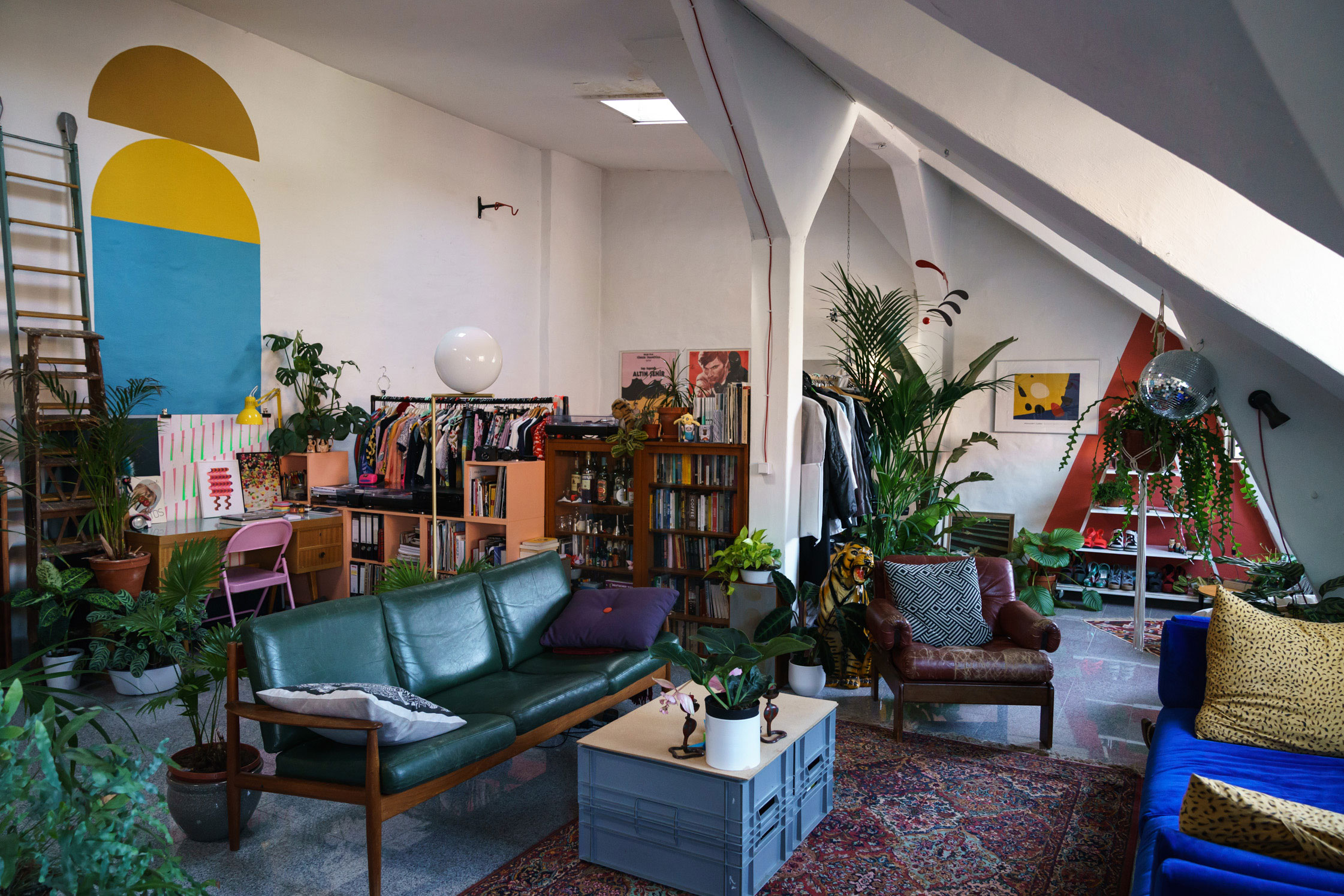
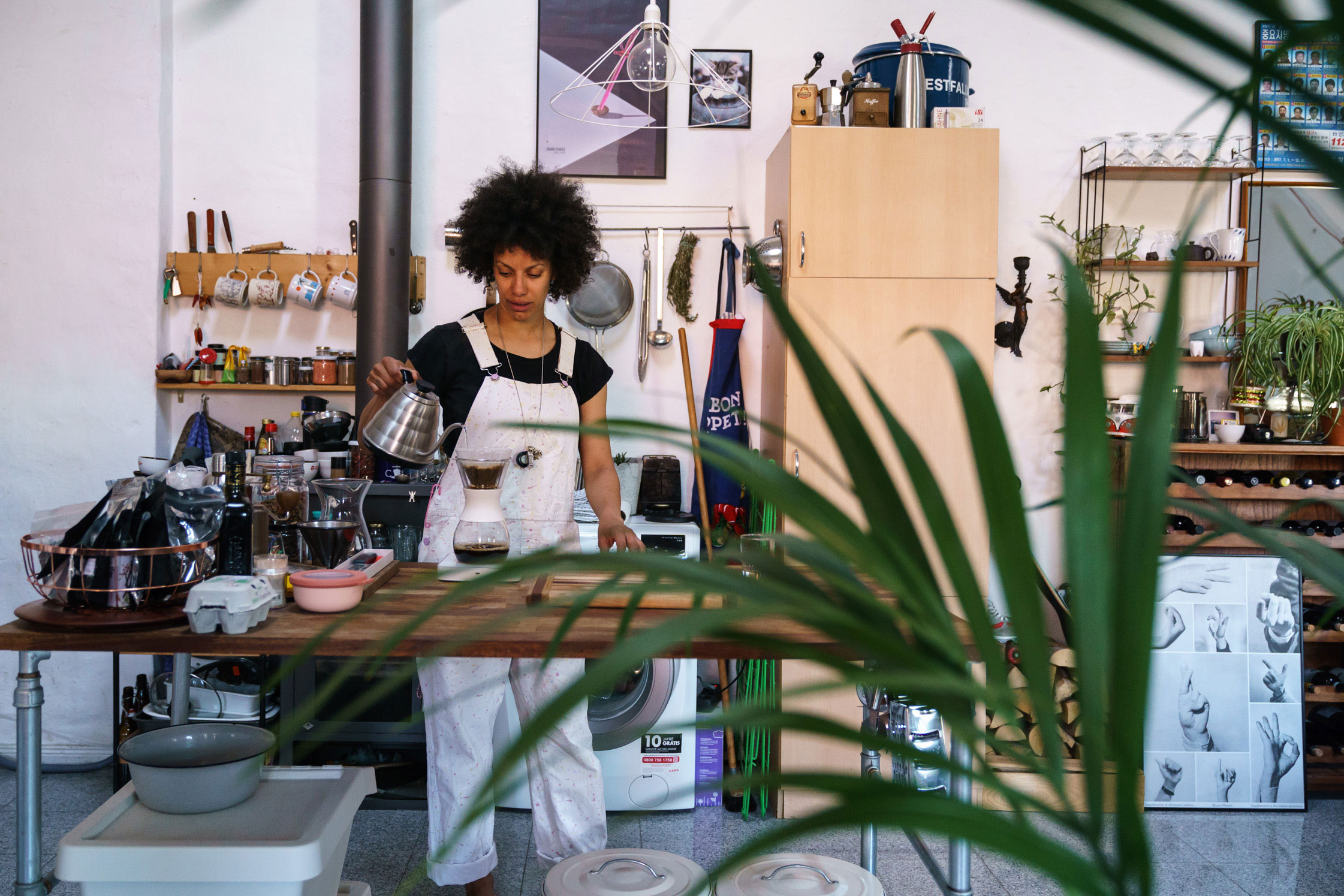
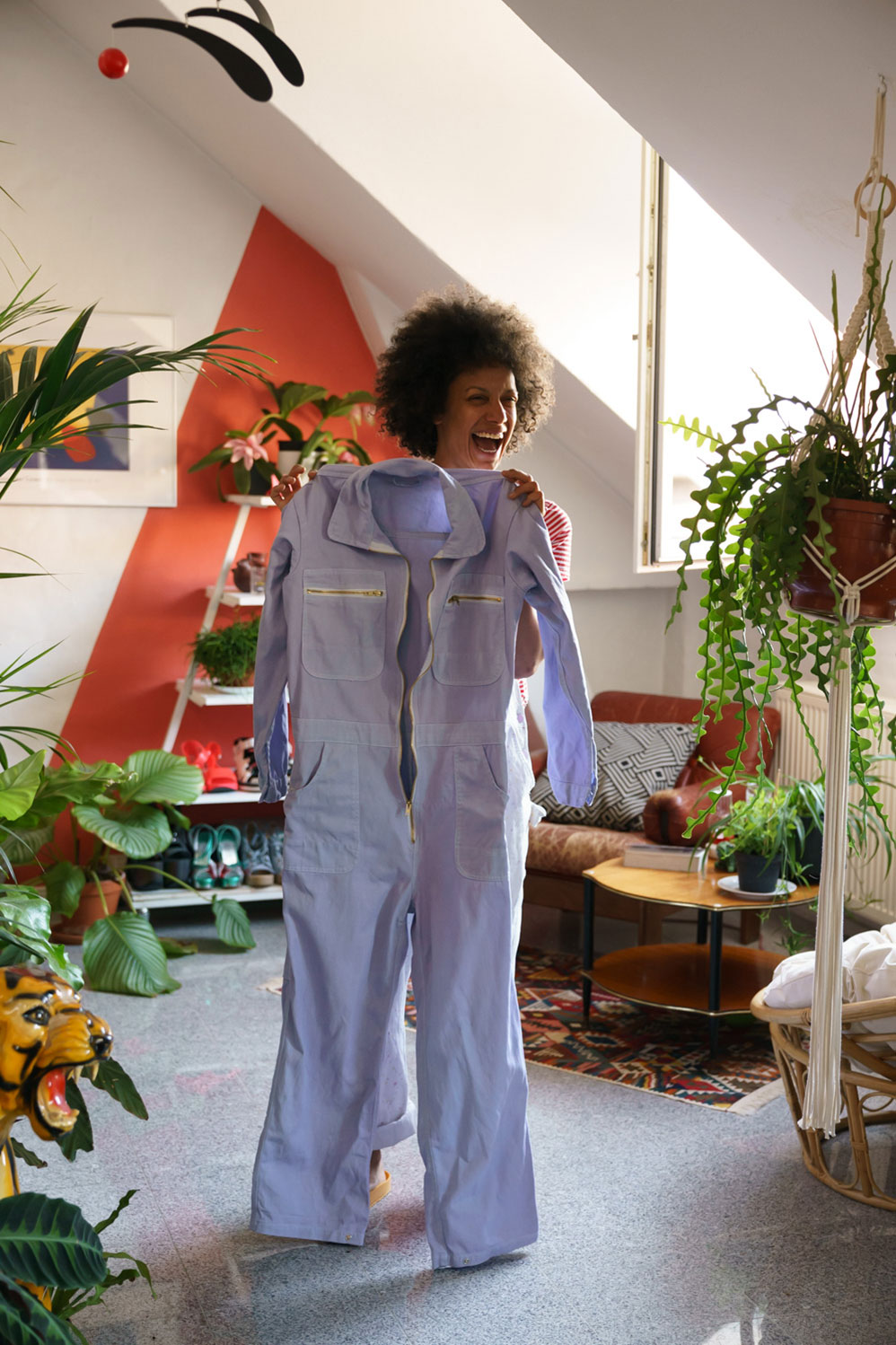
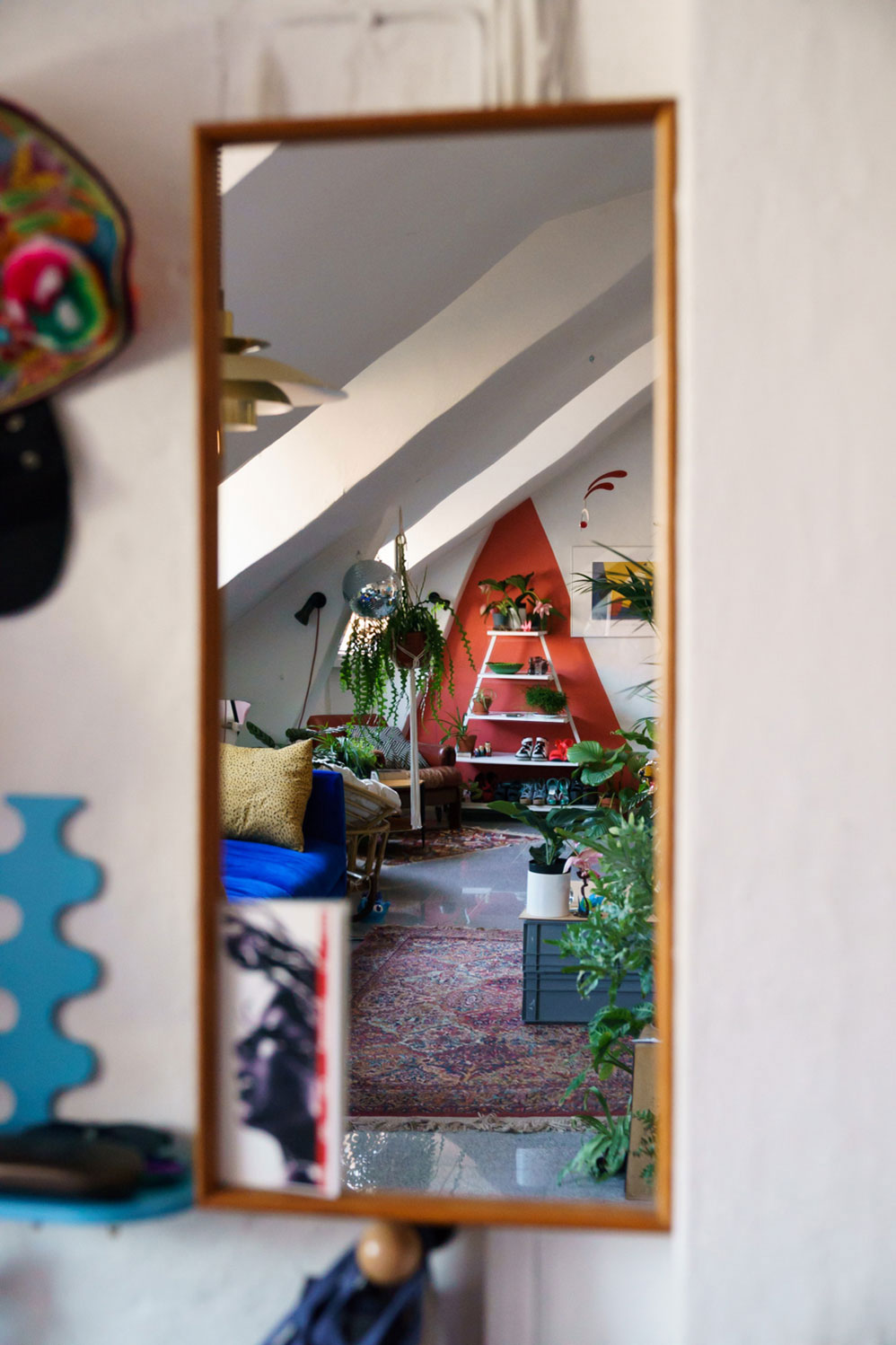
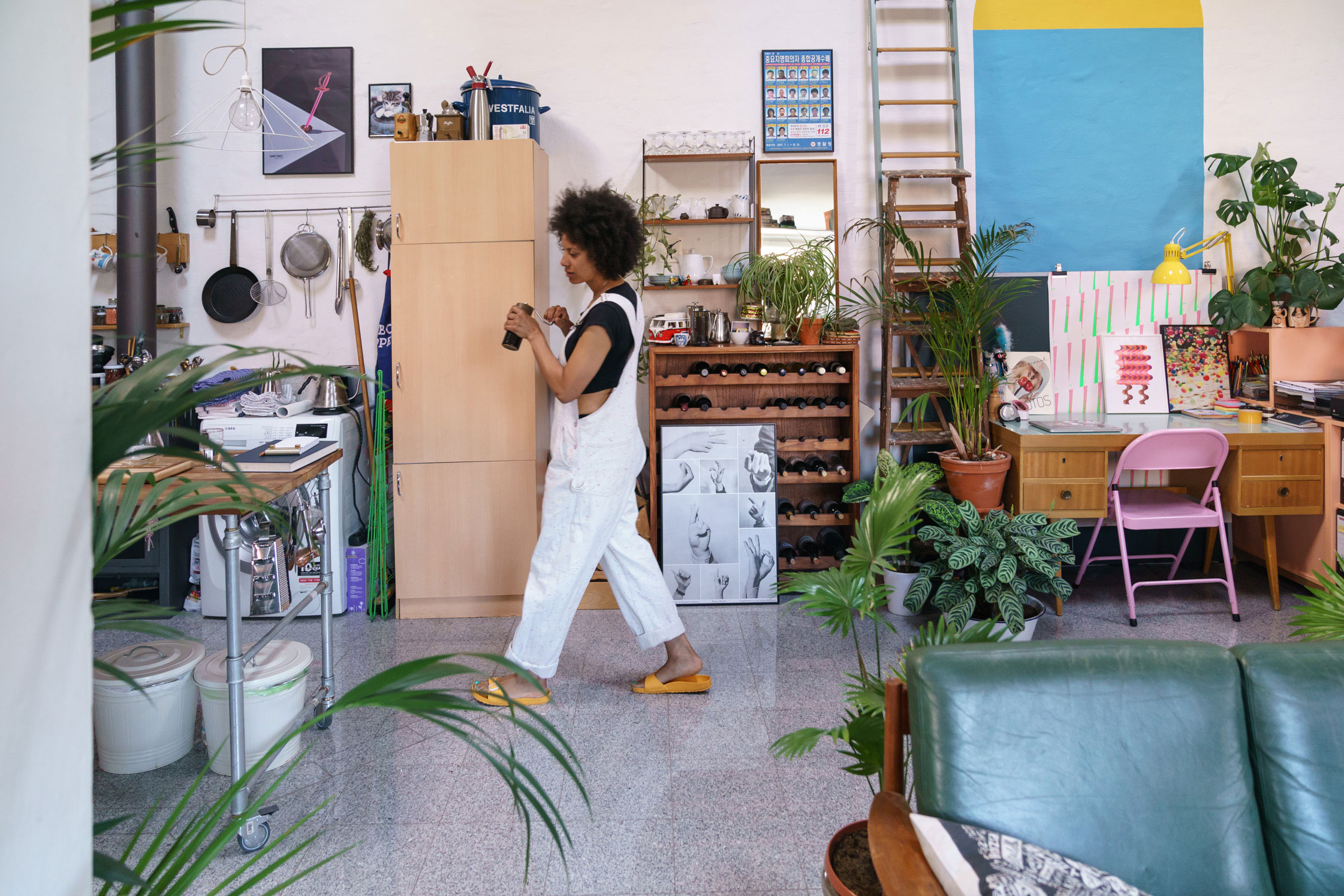
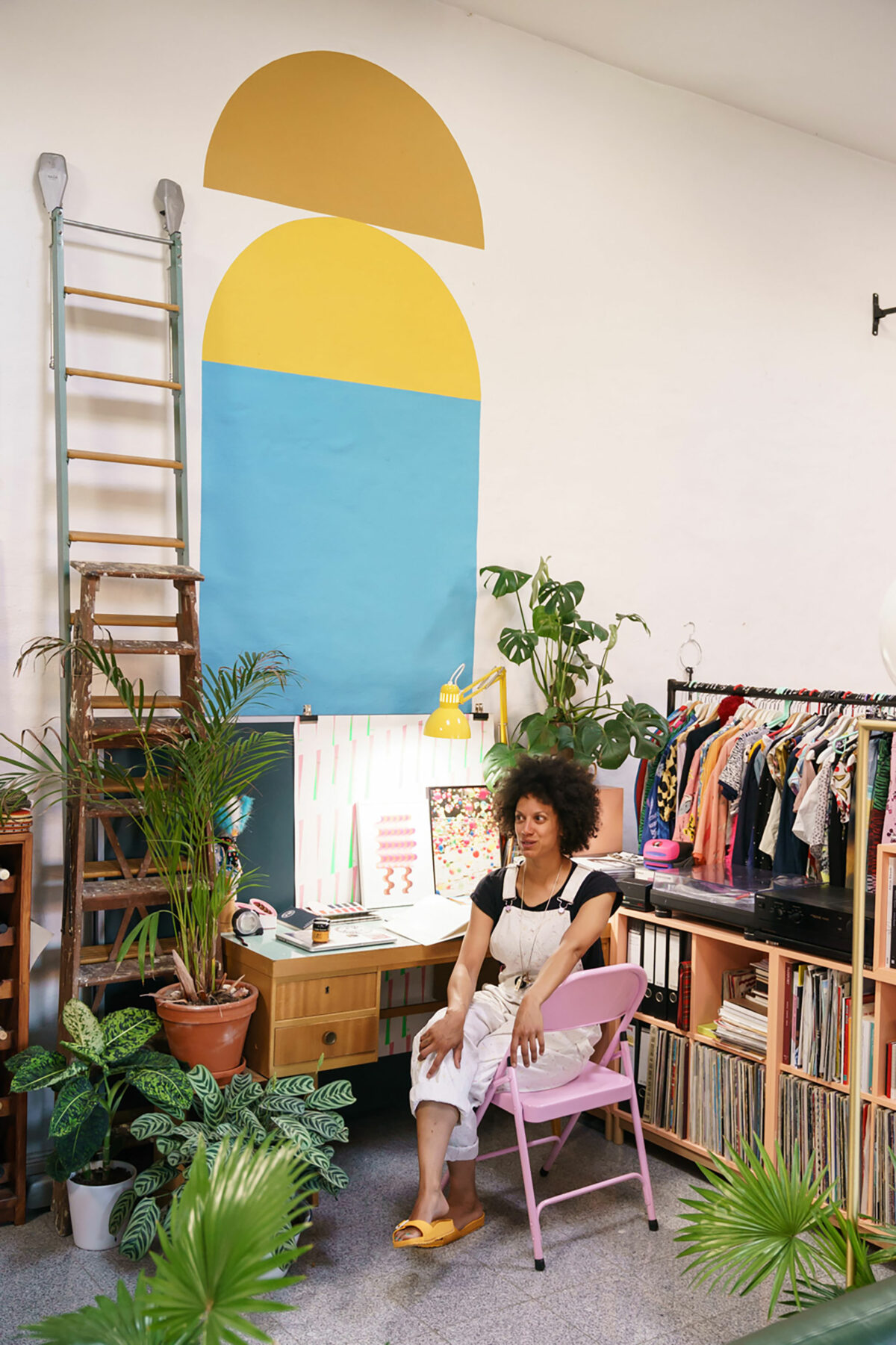
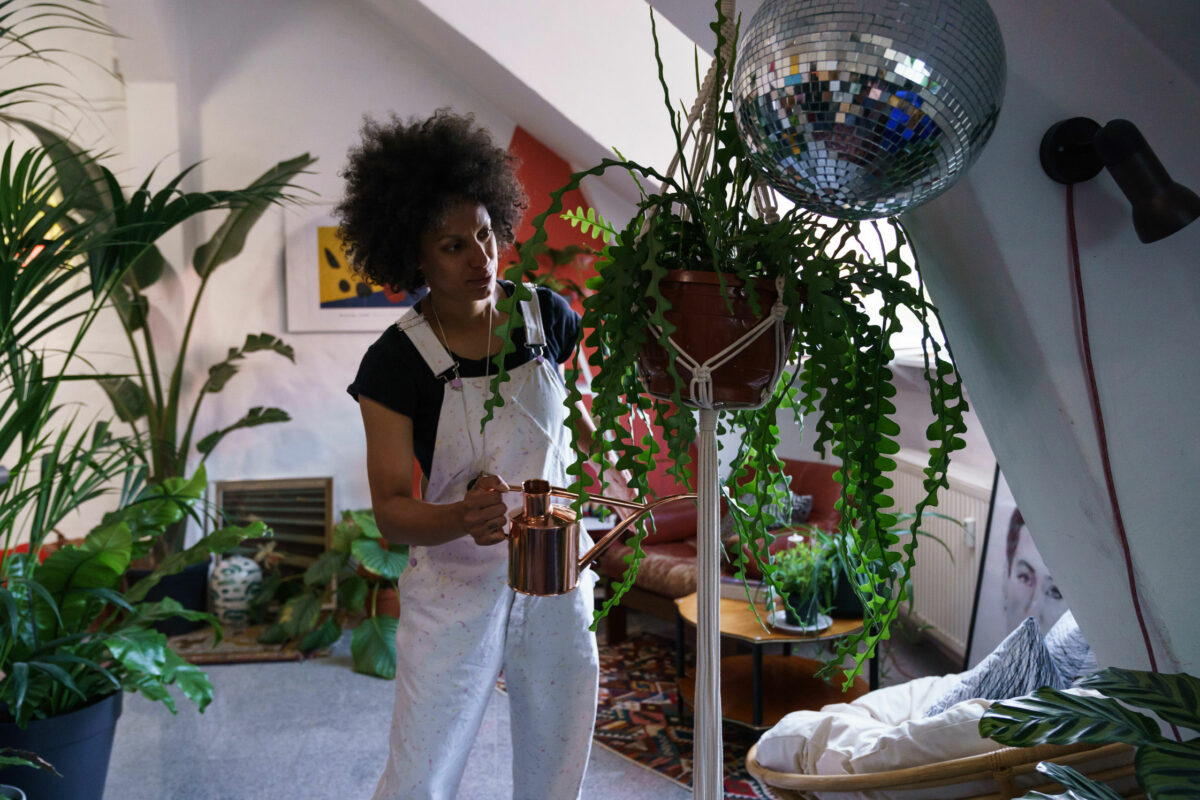
“When your passion and your hobby is your work, then there is no off time.”
One design choice that wasn’t an experiment, but a pointed purchase, is the vibrant centerpiece of her seating area. While working intensely on two projects simultaneously for three months straight, she scheduled a special delivery to arrive just as both projects were coming to an end. “Once all the adrenaline had gone I knew I would need a place to crash and relax and just take some personal time,” she explains. “And I can’t think of anything better than a blue velvet couch to do that on!”
Just as she is constantly improving the décor in her home, her styling choices as a set and interior designer are also evolving. By exploring and learning about different materials and processes or working with new crafts people, all of those factor into the way Bartlett designs. “Every space you walk into lights up two more positions in your brain. That’s why it’s such a joy,” she says, before adding; “But you never get to turn off because everything you see can be a little idea. When your passion and your hobby is your work, then there is no off-time!”
Bartlett’s passion for spatial design has been planted in her since the beginning. “I think I drove my parents crazy as kid because I would make floor plans of their house for them and then I would design their garden, telling them how they were doing things wrong—I think I was really precocious!” Her calling became even more focused when she decided to study illustration at university.
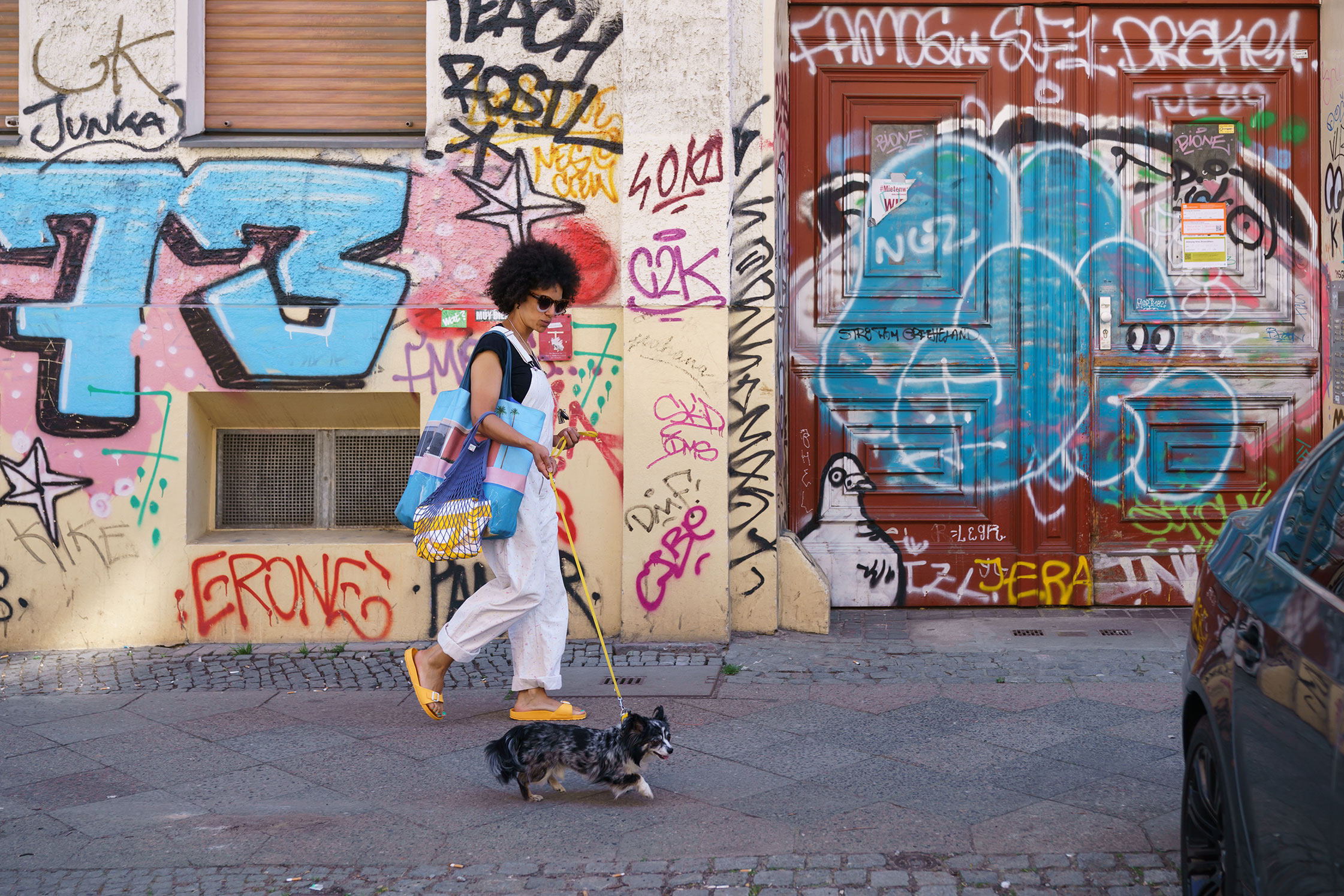
“His workspace is great, he’s cool, super funny, always has a story—why would I want that work to go to a big company rather than this guy?”
With such a varied program where students were taught many techniques from printmaking, typography, and animation to 3D model making, and much more, Bartlett recalls very few actually went on to have a career in illustration. “In those three years of school I barely illustrated anything,” she says. “A lot of students left with too many ideas and too many new skills but not much of a clue what to do with it.”
For Bartlett, these extra ideas allowed her to broaden the scope of her work when clients would request additional services. “When you’re on a call with a client you have about three seconds to imagine it in your mind. For me, if I can see it in my mind, I can make it.” As a result of her natural talent and extensive skill set, word of mouth referrals quickly followed, helping her career to flourish.
After a visit to Berlin during springtime turned into a decision to relocate by fall, Bartlett established herself as a set and interior designer, prop stylist, and art director at her own brand, Our Bartlett. She also added another accolade to her résumé: restaurant owner. Sweethearts, the restaurant she opened alongside Kate Bailey and Isa Jehle, was centered around brunch and breakfast, and featured the same pink folding chairs currently placed throughout Bartlett’s flat.
Although beloved by brunch-goers, Sweethearts succumbed to the same fate of most businesses throughout Berlin. The trio were forced to close the doors when the rent for the commercial space became exorbitant. The rising cost of space has become a problem for self-made creatives like Bartlett. Even on a smaller scale, for the artists in her circle who are looking for studio space, there’s either nothing left or it’s unreasonably expensive.
But, despite the closing of the restaurant, her experience becoming an entrepreneur in a foreign country has been gratifying—especially when she considers the challenges she would face if she tried to build her brand back home. “The London scene can be really stifling because everybody has the pressure of ‘expensive London’ on their backs at all times,” she says. “People can get a bit cagey about sharing—in terms of work with suppliers and contacts—with that monetary pressure taken off, people have a greater freedom to share.”
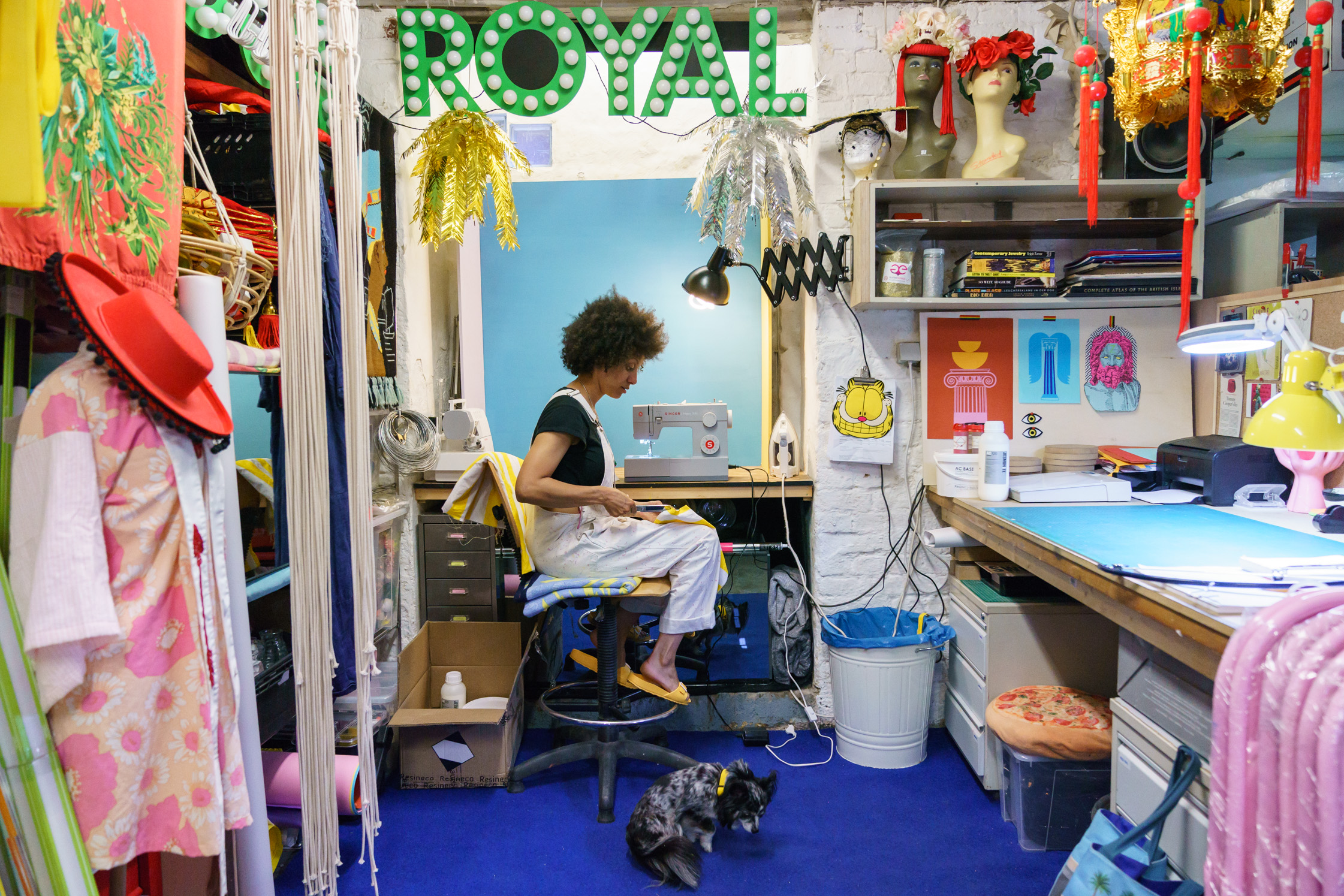
A humanized way of doing business has become the staple of Bartlett’s career, not just for procuring clients, but also by utilizing those who keep the deteriorating field of craftsmanship alive. With technology taking over many of the design processes, those who spend their lives specializing in craftwork are being replaced by mass producing machines. “I really like the history of crafts and craftspeople so I try to use human contacts and people who are experts in one medium,” she explains. When asked if there’s ever a case where she would turn to technology, a few instances come to mind such as laser cutting to produce sharp finishes on materials or for surface treatments. But she’s still not keen on the idea, because sharp finishes mean less work for the people who have spent their lives perfecting their craft. As Bartlett reflects on the people that she’s worked with throughout her career, the man she frequently works with for neon signs comes to mind, “He’s one-of-a-kind and his life story is so fascinating; his workspace is great, he’s cool, super-funny, always has a story—why would I want that work to go to a big company rather than this guy?”
While she’s met some amazing people through her work designing for major brands such as Netflix, Mercedes-Benz, and Google as well as local businesses including the Michelberger Hotel and Stil in Berlin, Bartlett sees herself shifting gears yet again down the road. “Doing set work is very physically demanding as well as being mentally demanding. By the end of a project you’re completely burnt out, which isn’t ideal.” She envisions herself transitioning from carrying her work around with her to focusing on her own designs in the workshop, which she shares with a group of independent prop makers.
Even if she changes pace, slowing down doesn’t mean sitting still. Her passion for product design and sewing will always be a part of her everyday life, and, naturally, taking the time for self-care, “To live in a city where one can get close to nature, especially when having a dog, it’s a huge boon. There’s a lot of space to be outdoors and be peaceful for a change, I think it’s my favorite pastime. Just add in food, wine, and good friends.”
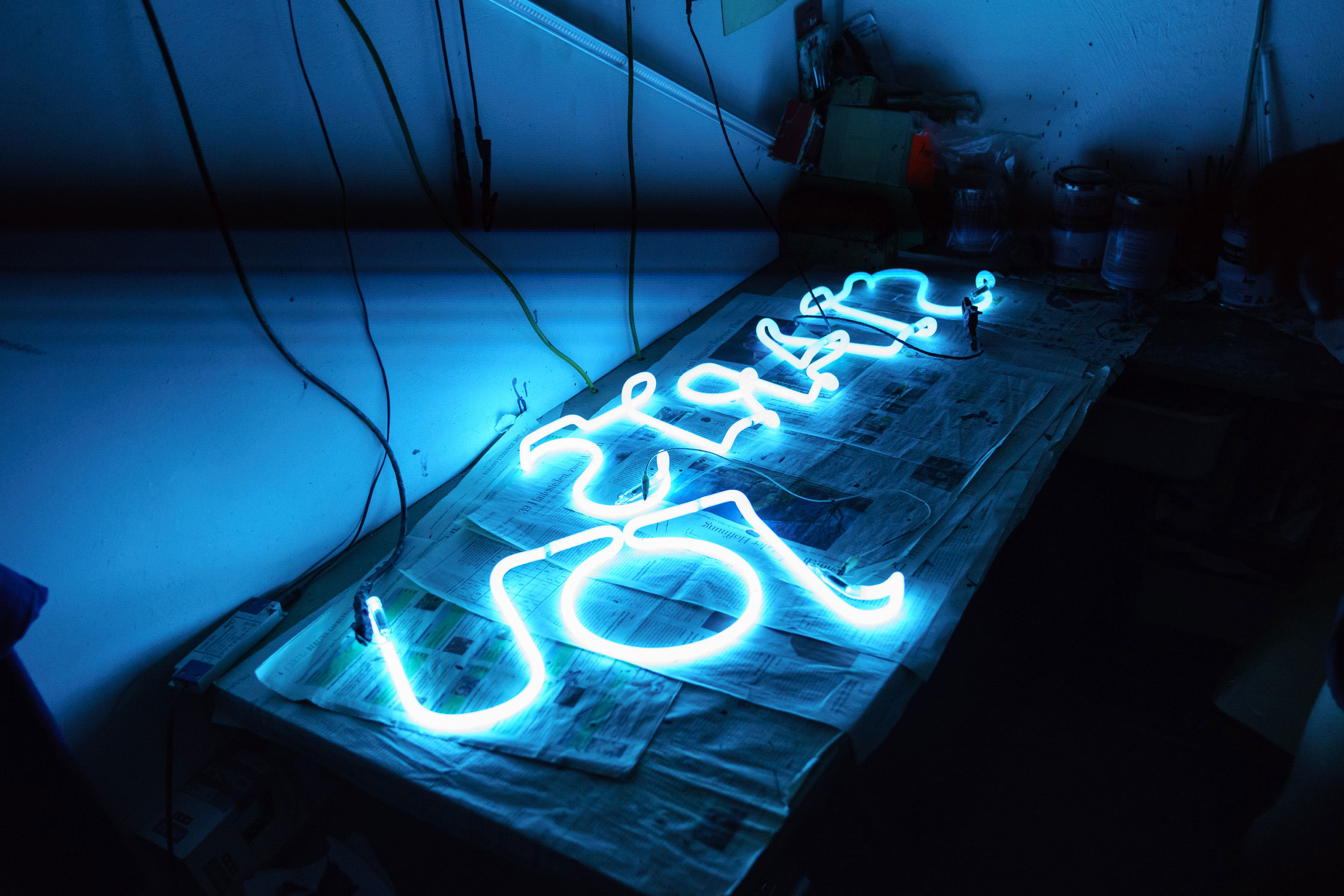
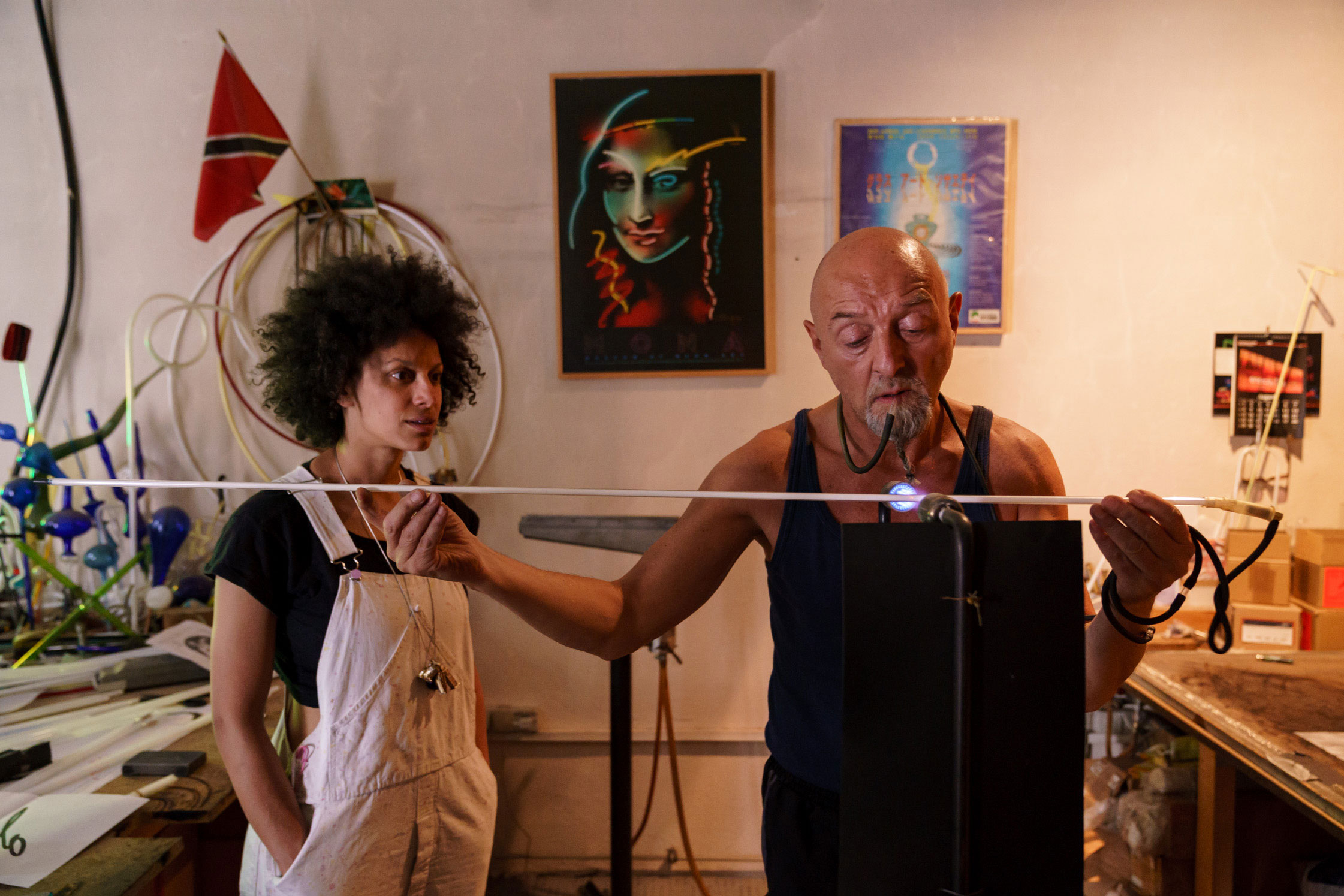
Art director, set and interior designer Ruth Bartlett has built her brand Our Bartlett with a strong focus on classic craftsmanship. Based in Berlin, she values her daily rituals as they help her maintain a balance in her varying project work.
As we portray inspiring creatives worldwide, with each encounter we are drawn to individuals’ attention to detail and authenticity—characteristics that are deeply reflected in their routines. In collaboration with Manufactum, we now honour these routines under the umbrella of Alltagsfreude, a German term for finding joy in the everyday. We showcase how conscious choices and the use of high-quality products enhance our protagonists’ professional and personal lives.
To learn more about the collaboration, visit this link where you’ll find a German version of Bartlett’s portrait as well as a selection of her favourite products.
Text: Serita Braxton for FvF Productions
Photos: Dan Zoubek for FvF Productions
Video: FvF Productions
